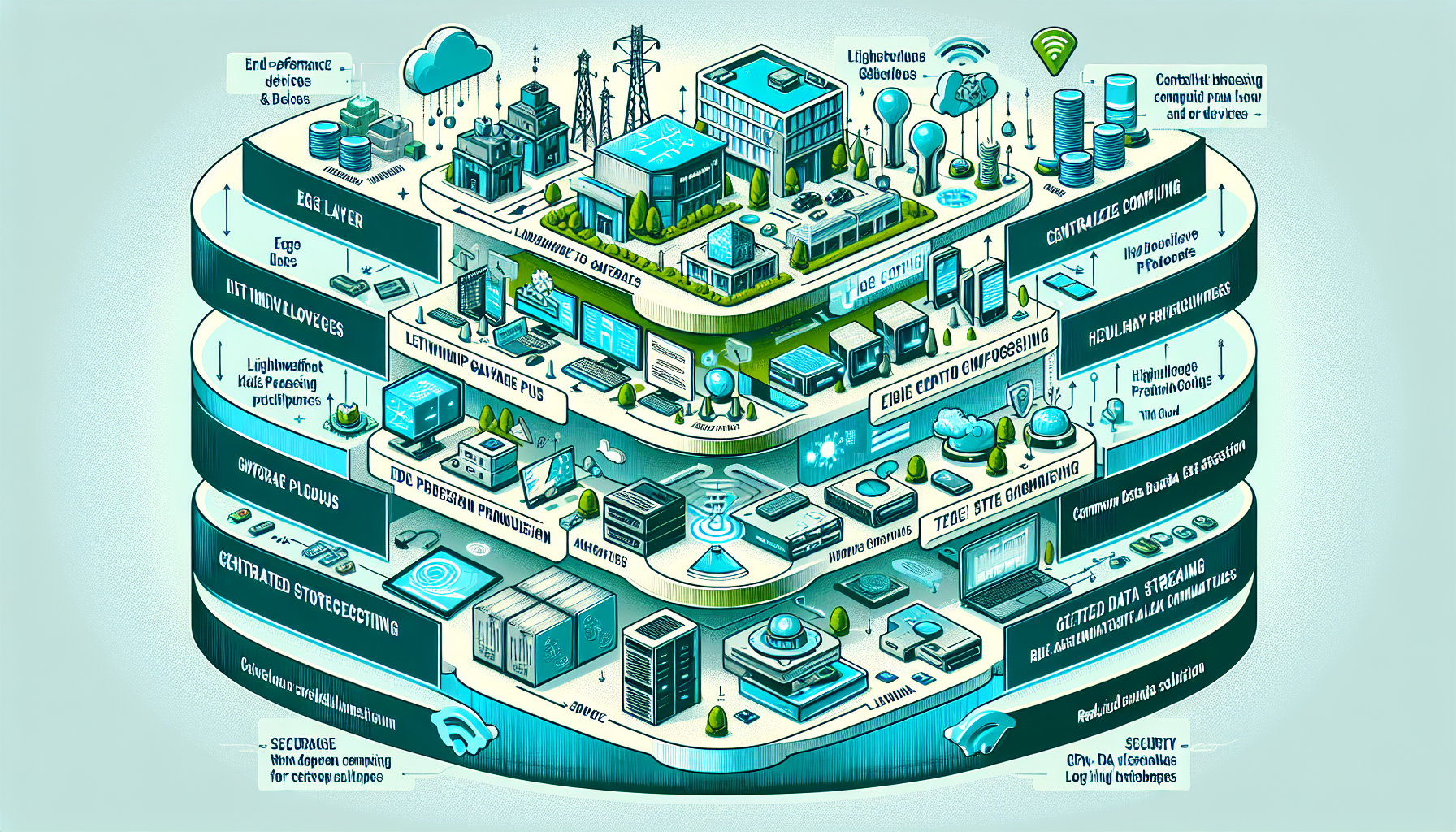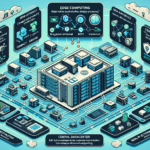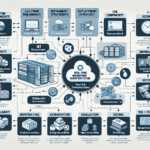Configuring IT infrastructure for IoT (Internet of Things) data processing involves designing a robust, scalable, and secure system to handle the collection, storage, processing, and analysis of massive amounts of IoT data. Here’s a step-by-step guide to help you set up the infrastructure:
1. Assess Requirements and Plan
- Define Objectives: Understand the use case for IoT (e.g., predictive maintenance, smart cities, healthcare monitoring).
- Data Volume and Velocity: Estimate the volume, velocity, and variety of data generated by IoT devices.
- Latency Requirements: Determine real-time or near-real-time processing needs.
- Security and Compliance: Evaluate regulatory compliance (e.g., GDPR, HIPAA) and security requirements.
2. Networking and Connectivity
IoT devices rely on robust and scalable network connections.
– Protocols: Ensure support for common IoT communication protocols (e.g., MQTT, CoAP, HTTP/HTTPS, WebSocket).
– Edge Computing: Deploy edge devices near IoT endpoints to preprocess data and reduce latency and bandwidth usage.
– 5G/Wi-Fi: Leverage high-speed networking for real-time data transmission.
3. Edge Computing Infrastructure
- Hardware Requirements:
- Use industrial-grade edge devices with sufficient compute power.
- Deploy GPU-enabled edge devices (e.g., NVIDIA Jetson) for AI-based IoT applications.
- Software:
- Install container orchestration tools like Kubernetes to manage edge workloads.
- Deploy lightweight container runtimes like K3s or MicroK8s for edge computing.
- Data Aggregation: Use edge devices for data filtering, preprocessing, and aggregation to reduce unnecessary data transmission to the cloud.
4. Centralized Data Center or Cloud Infrastructure
IoT applications often require centralized systems for advanced processing and storage.
– Servers:
– Deploy high-performance servers with sufficient CPU, RAM, and GPU resources for AI workloads.
– Use scalable server clusters to handle peak loads.
– Storage:
– Implement hybrid storage (combination of SSDs and HDDs) for fast processing and long-term storage.
– Use distributed storage solutions like Ceph, GlusterFS, or cloud-native object storage services (e.g., AWS S3, Azure Blob).
– Virtualization:
– Use virtualization technologies like VMware, Hyper-V, or KVM to optimize resource utilization.
– For containerized workloads, deploy Kubernetes clusters for workload orchestration.
– Backup and Disaster Recovery:
– Implement automated backup solutions.
– Use tools like Veeam, NetBackup, or native cloud backup services.
– Store backups in geographically diverse locations.
5. Data Processing and Analytics
IoT data often requires real-time or batch processing.
– Streaming Data Processing:
– Deploy platforms like Apache Kafka, Apache Flink, or Amazon Kinesis for real-time data streams.
– AI and Machine Learning:
– Use GPU-enabled servers or cloud GPU instances for training and inference of AI/ML models.
– Integrate frameworks like TensorFlow, PyTorch, or ONNX for AI workloads.
– Big Data Processing:
– Set up platforms like Apache Hadoop, Apache Spark, or cloud-native analytics tools for large-scale data analysis.
– Database Solutions:
– Use time-series databases (e.g., InfluxDB, TimescaleDB) for IoT sensor data.
– Leverage NoSQL databases (e.g., MongoDB, Cassandra) for unstructured data.
6. Security Infrastructure
IoT systems are vulnerable to cyber threats, so robust security measures are critical.
– Device Security:
– Enforce strong authentication and encryption on IoT devices.
– Data Encryption:
– Ensure end-to-end encryption (e.g., TLS, AES-256).
– Network Security:
– Deploy firewalls, intrusion detection/prevention systems (IDS/IPS), and secure VPNs.
– Identity and Access Management (IAM):
– Use tools like Active Directory, Okta, or AWS IAM for centralized access control.
– Regular Patching: Implement a process for applying firmware and software updates to IoT devices and infrastructure components.
7. Scalability and High Availability
IoT ecosystems grow over time, so the infrastructure must be scalable.
– Containerization:
– Use Kubernetes to scale containerized workloads dynamically.
– Load Balancing:
– Deploy load balancers (e.g., HAProxy, NGINX, or cloud-native load balancers) to distribute traffic.
– High Availability:
– Use clustering and failover mechanisms for critical components like databases, edge devices, and servers.
8. Monitoring and Management
Proactively monitor IoT infrastructure for performance and availability.
– Monitoring Tools:
– Use tools like Prometheus, Grafana, or Zabbix for real-time monitoring.
– Log Management:
– Implement centralized logging solutions (e.g., ELK Stack, Splunk, or Fluentd).
– Alerts and Notifications:
– Configure alerts for anomalies or failures using tools like PagerDuty or Opsgenie.
9. Cloud vs. On-Premises Decisions
Decide whether to use cloud services, on-premises infrastructure, or a hybrid model.
– Cloud Services:
– Use IoT platforms like AWS IoT Core, Azure IoT Hub, or Google Cloud IoT for managed services.
– On-Premises:
– Use on-premises solutions for sensitive data or low-latency requirements.
– Hybrid Approach:
– Combine cloud and edge computing to balance cost, performance, and compliance.
10. Testing and Optimization
- Pilot Projects: Start with small-scale pilot deployments to identify bottlenecks.
- Performance Testing: Test the system under different loads to ensure reliability and scalability.
- Optimization: Continuously optimize workloads, storage, and network configurations.
Example Architecture
- Edge Layer:
- IoT devices connected to edge gateways running lightweight Kubernetes (K3s/MicroK8s) for preprocessing.
- Network Layer:
- Data streams sent via MQTT or Kafka to the cloud or central data center.
- Processing Layer:
- Real-time processing with Apache Flink or Kafka Streams.
- AI/ML model inference on GPU-enabled servers.
- Storage Layer:
- Time-series databases (InfluxDB).
- Archival storage using object storage (AWS S3, Ceph).
- Analytics Layer:
- Dashboards and reports using Grafana or Tableau.
By carefully planning and deploying the right mix of edge, cloud, and on-premises resources, you can create a scalable and efficient IT infrastructure for IoT data processing.




